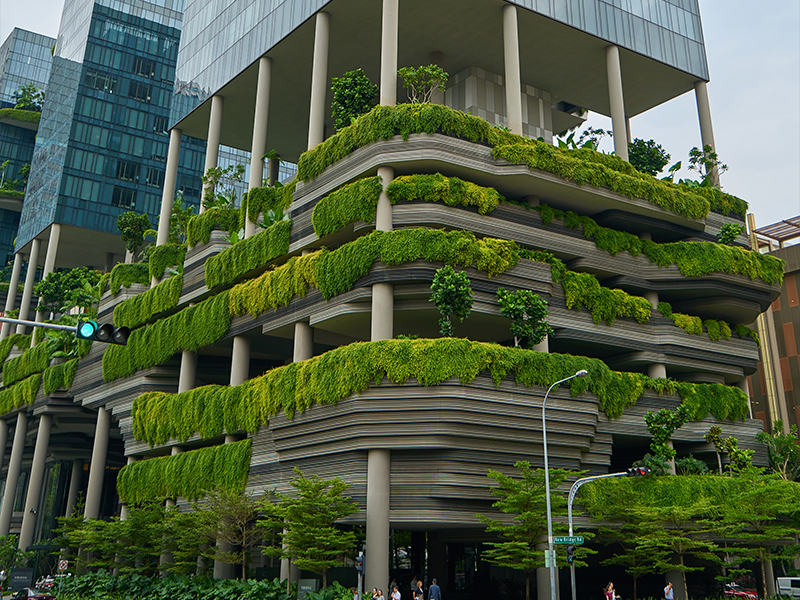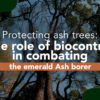Designing with Purpose: Plant-Based Noise Reduction Strategies for Landscapes
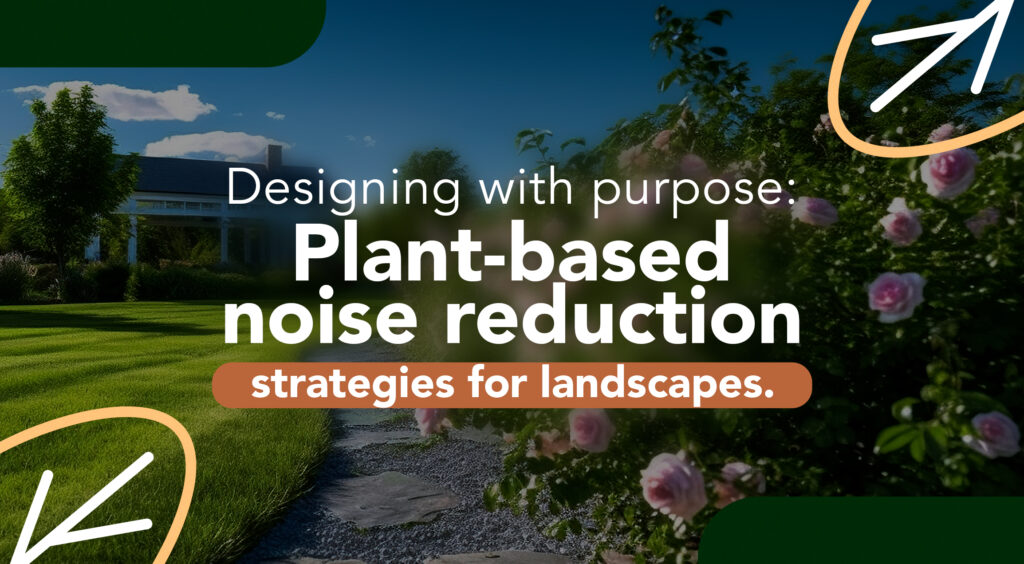
In today’s built environments urban residential complexes, commercial campuses, parks, and institutional facilities noise pollution is a growing concern. For landscape architects, contractors, and wholesale nurseries, the demand for design solutions that reduce environmental noise is creating a niche but crucial opportunity: natural sound barriers.
Plant-based noise mitigation not only enhances aesthetic appeal but contributes to wellness-focused design, privacy, and compliance with zoning or environmental guidelines. At Woodys Plant Nursery, we work closely with professionals to supply plant material that performs visually and acoustically.
Why Plants Are Effective Sound Buffers in the Landscape
Plants help reduce unwanted noise through several biological and physical mechanisms:
- Absorption: Foliage, branches, and bark absorb sound waves, especially those in higher frequencies. Dense leaved species are particularly effective.
- Deflection & Diffusion: Irregular forms and layers scatter sound energy, minimizing the intensity that reaches human spaces.
- Refraction: The arrangement and density of vegetation changes the trajectory of sound waves, reducing direct transmission.
- Masking: Ambient natural sounds rustling leaves, bird calls, insect activity help mask mechanical or human-made noise.
When planned strategically, plantings can rival engineered sound barriers in both form and function especially when visual harmony and ecological value are priorities.
Top Species for Plant-Based Sound Barriers
Below is a curated selection of sound-buffering plants that are ideal for large-scale projects. These species are selected for their dense habit, durability, evergreen structure, or fast growth criteria that meet professional landscape demands.
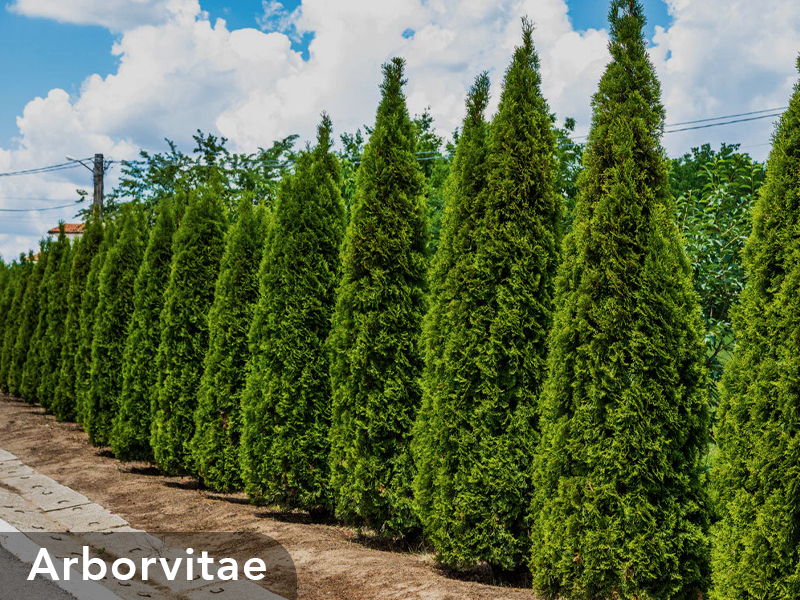
🌲 Arborvitae (Thuja spp.)
A staple for noise and visual screening. Fast-growing, evergreen, and vertically structured perfect for property lines and institutional perimeters.
Best use: Commercial buffers, residential developments, municipal plantings.

🎍 Bamboo (Clumping types like Bambusa multiplex)
Rapid vertical growth and dense culms make bamboo an excellent acoustic screen when used correctly. Clumping varieties are preferred over running types for landscape applications.
Best use: Urban courtyards, along fences, between commercial zones.
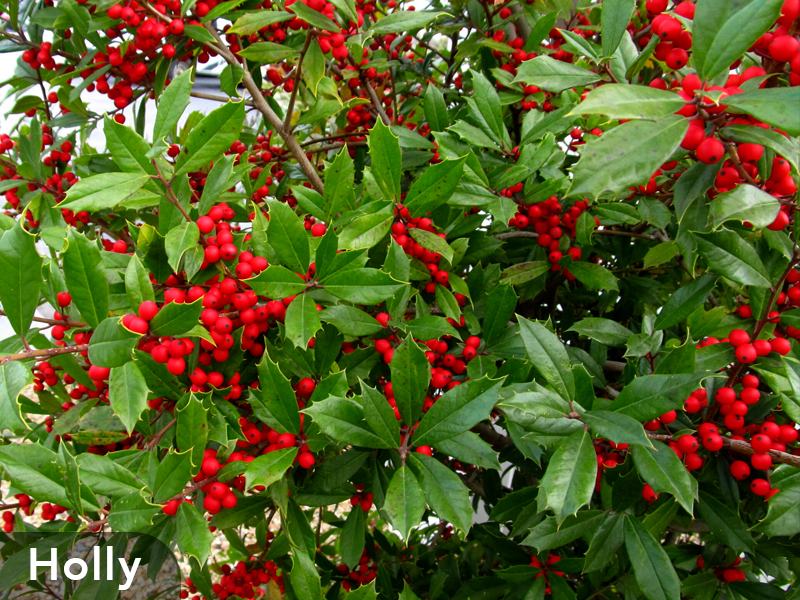
🌿 Holly (Ilex spp.)
Waxy, evergreen leaves and dense branching make hollies excellent sound absorbers. Consider Ilex opaca or Ilex cornuta for hedge installations.
Best use: Estate gardens, formal landscapes, institutional grounds.
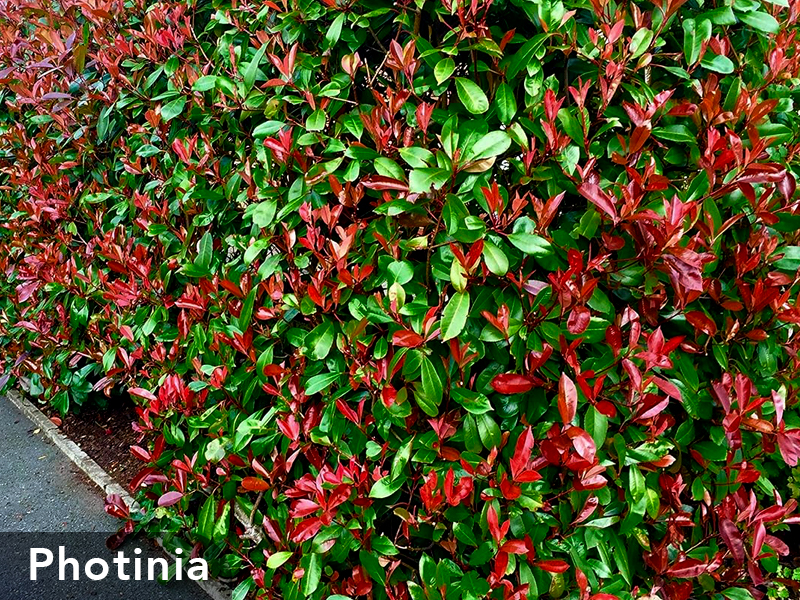
🍃 Photinia (Photinia x fraseri)
Known for its red new growth and thick foliage, Photinia offers seasonal interest alongside effective coverage.
Best use: Residential screen hedging, multi-family housing landscapes.
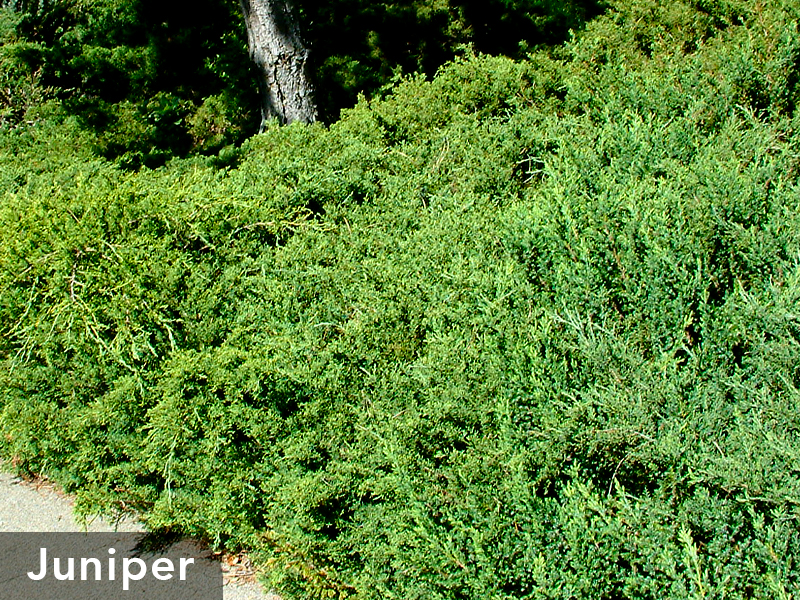
🌲 Juniper (Juniperus spp.)
From spreading to upright forms, junipers are adaptable, drought-tolerant, and excellent for multi-climate noise control.
Best use: Slopes, medians, and commercial site perimeters.
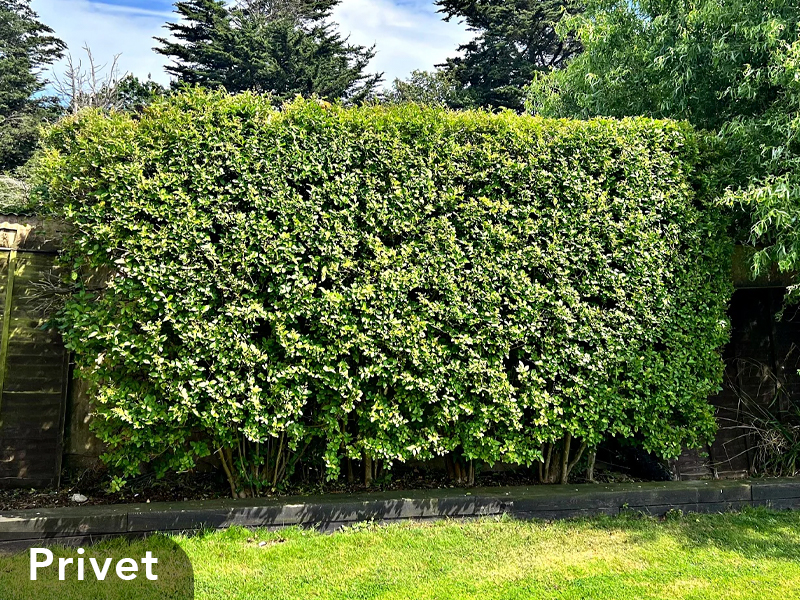
🌳 Privet (Ligustrum spp.)
Fast-growing with dense branching and adaptable form. A reliable hedge plant for layered designs.
Best use: Mass planting for subdivision buffers or school campuses.
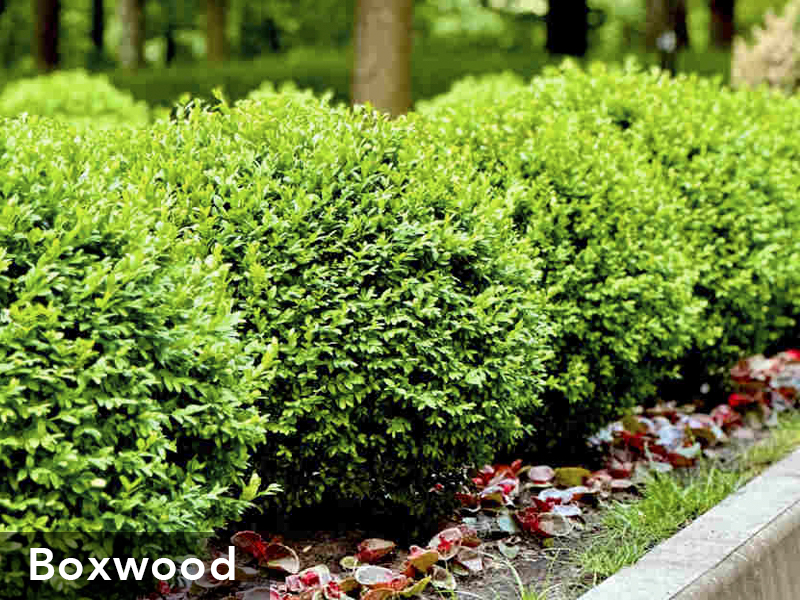
🌱 Boxwood (Buxus spp.)
More formal in appearance, boxwoods offer year-round screening and are ideal for layered noise reduction within designed spaces.
Best use: Urban gardens, rooftop installations, hospitality sites.

🌸 Viburnum (Viburnum spp.)
Valued for seasonal flowers and structured branching. Viburnums offer both beauty and barrier.
Best use: Multi-tier plantings, mixed hedgerows, commercial entries.
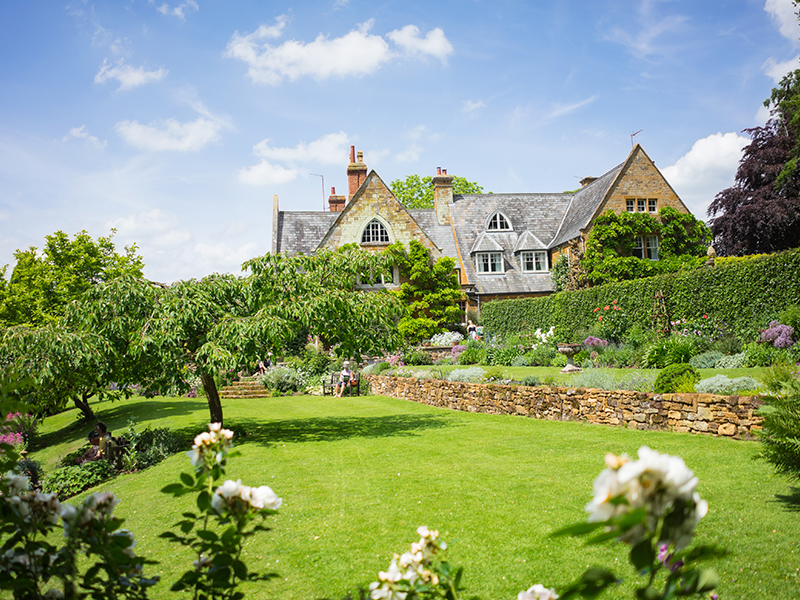
🌲 Cypress (Cupressus spp.)
Narrow, columnar growth and high foliage density make cypress species well suited for space-restricted screening.
Best use: Highway buffers, vertical partitions between properties.
Design Best Practices for Noise-Reducing Landscapes
To maximize the effectiveness of plant-based noise mitigation, consider the following strategies during the design and installation phases:
🔁 Layering Matters
Use a combination of trees, shrubs, and groundcovers to create multiple layers of sound interception. Stagger plant heights to disrupt sound paths at different levels.
📏 Plant Density & Spacing
Avoid gaps in hedges or rows. Tight spacing encourages dense foliage development, essential for noise control. When using fast-growers, plan for eventual thinning.
⛰ Use of Berms and Elevation
Where possible, pair plantings with constructed berms. Even modest elevation can amplify the barrier effect and provide a more substantial noise break.
✂️ Maintenance for Functionality
Encourage consistent foliage with proper irrigation, fertilization, and selective pruning. Over-thinning can compromise sound barrier effectiveness.
Wholesale Nursery Considerations for Supply & Demand
As more commercial and residential designers incorporate acoustic landscaping into specs, wholesale nurseries play a critical role:
- Grow for density. Prioritize stock with full lateral growth, not just height.
- Stock scalable species. Maintain consistent availability for large orders and phased planting.
- Bundle by function. Offer pre-designed “Sound Barrier Plant Palettes” to landscape professionals.
- Educate your clients. Provide literature or tags indicating noise-reduction potential.
The Business of Acoustic Landscaping: A Growth Area for 2025 and Beyond
Noise mitigation isn’t just a benefit it’s becoming a specification. Architects and developers are increasingly including green sound buffers in their proposals to meet zoning codes, wellness guidelines, or neighborhood expectations.
Whether you’re a nursery growing for wholesale, a landscape designer sourcing plants, or a contractor responsible for large-scale installs, embracing plant-based acoustic design is an opportunity to differentiate and add value.

